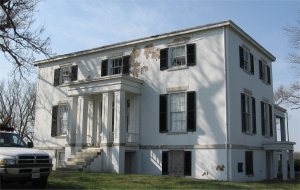 |
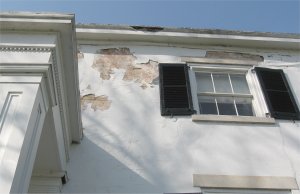 |
Years of sloppy patches and deterioration due
to roof leaks and other sources warranted a re-stucco. Care must be
given to maintain the authentic historic appearance, and provide
a
product that lasts centuries. |
Photo shows loose and spalling areas on the front. |
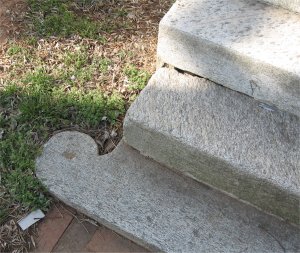 |
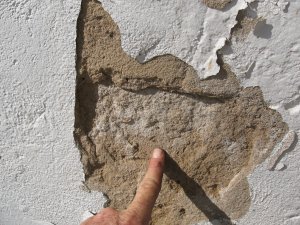 |
Granite stairs were made using a chisel, as
evidenced by
the chisel marks in the stone. The window sills and sill at the water
table
(floor line) were cut with a granite saw.
Note the curl on the bottom step, cut with a chisel. |
Original stucco was lime and river sand,
apparently from
the nearby James river.
Most of the original stucco had deteriorated.
Here the stucco is easily scraped off the brick with my finger. |
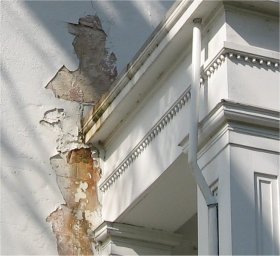 |
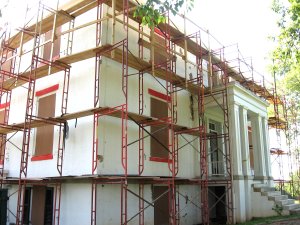 |
| Paint peeling at roof intersection reveals the original
color, and
the way the stucco was scored to look like blocks. The scoring was
largely
obscured by multiple layers of paint. |
Building scaffolded off and windows covered to protect
windows from
falling debris and mortar. |
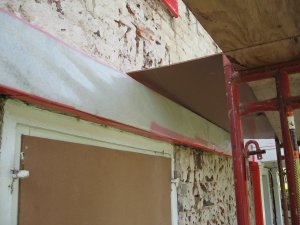 |
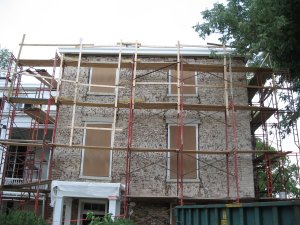 |
| Granite sill was cut with a granite saw in the early 1800's,
and is
straight. Here, sill is protected by covering with a sheet of masonite.
Old stucco chipped off, and awaiting new scratch coat. |
View of scaffold and building with stucco stripped off. The
secret
of the scratch coat bonding is the mortar is mixed with an acrylic
bonding
admixture, mixed half and half with water. More on the next update. |
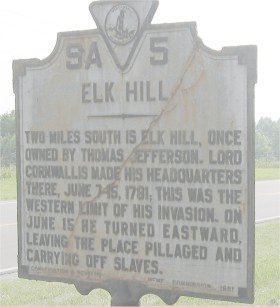 |
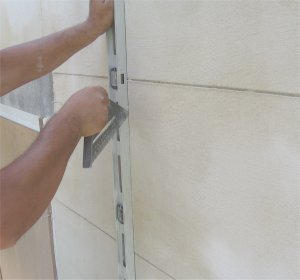 |
| Elkhill, (one word) was Thomas Jefferson's
plantation. Jefferson's Plantation was trashed by British
troops, as an attack on Jefferson,
then governor of Virginia. Jefferson had resigned as governor
officially
on June 2, 1781, a few days before the attack. |
Finish coat scored to look like blocks.
Color is made by using white portland and river sand. Check the next
update to see how we did it. |









